Stoat Cull Fuels Dramatic Rise in Orkney Curlew Populations – A Major Conservation Success
A targeted cull of stoats on the Orkney Islands is being credited with a remarkable 21% increase in curlew populations, offering a beacon of hope for this critically endangered bird species. The initiative, spearheaded by the Orkney Native Wildlife Project and supported by the Royal Society for the Protection of Birds (RSPB), represents one of the largest predator eradication programs ever undertaken on an inhabited island.
Curlews faced a severe decline in Orkney between 2010 and 2019, with surveys indicating a staggering 50% population drop – a trend mirrored nationally across the UK, where curlew numbers have decreased by approximately 50% since 1995. Mainland Scotland continues to grapple with significant declines, experiencing a 13% decrease in curlew populations between 2012 and 2022.
The project began in 2019 after initial assessments revealed that stoats – classified as an invasive species on the islands – were a major threat. Estimates at the time suggested only 12 breeding pairs of curlews per square kilometer, a figure now believed to have risen to an average of 14.5 pairs following the removal of over 7,000 stoats. This intensive effort involved deploying lethal traps and utilizing specially trained dogs to locate and eliminate the predators.
“It is fantastic to see that the hard work of the project team and many volunteers is starting to restore a positive future for vulnerable species in Orkney,” stated Anne McCall, director of RSPB Scotland. “This is the first major population survey for waders since work started to remove stoats from Orkney and the signs are really promising as we see declines for curlew reversed.”
The origins of the stoat population on Orkney remain a mystery, with theories ranging from accidental introduction via cargo shipments (such as hay) to intentional releases aimed at controlling rabbit populations. Beyond curlews, these invasive predators pose a threat to other native species including the Orkney vole, short-eared owl, and hen harrier.
The project is funded through an additional £4 million grant, demonstrating the significant commitment to safeguarding Orkney’s biodiversity. The success in Orkney offers valuable insights into targeted predator control strategies and highlights the potential for reversing declines in vulnerable species across the UK.
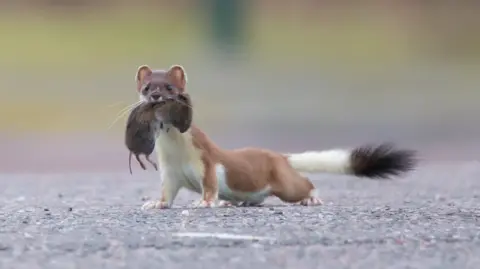
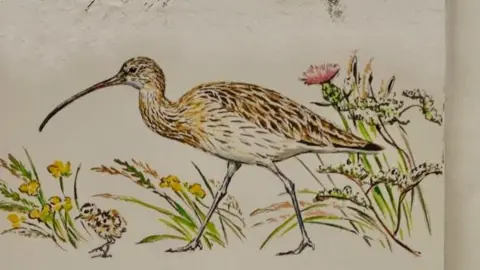
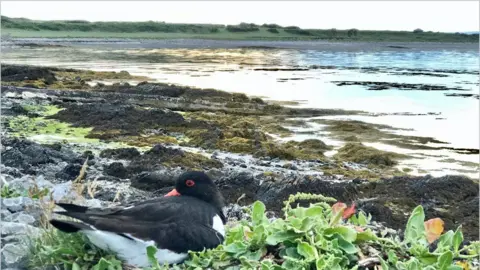
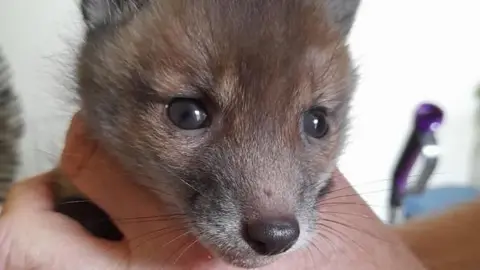
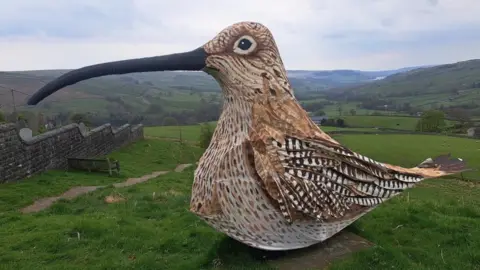
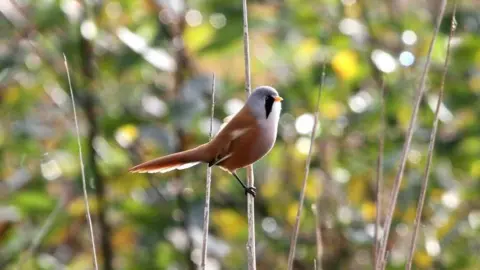
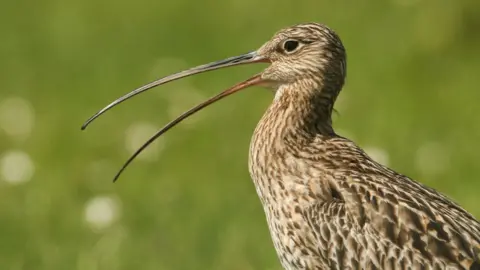

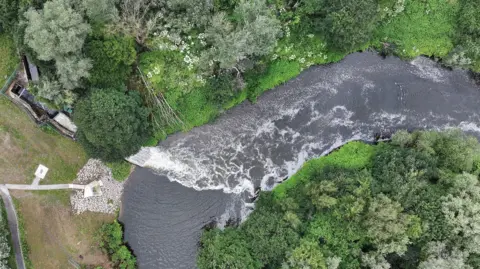
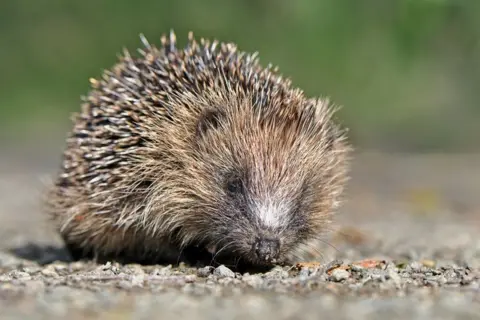
Post Comment